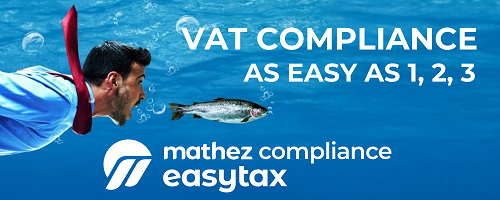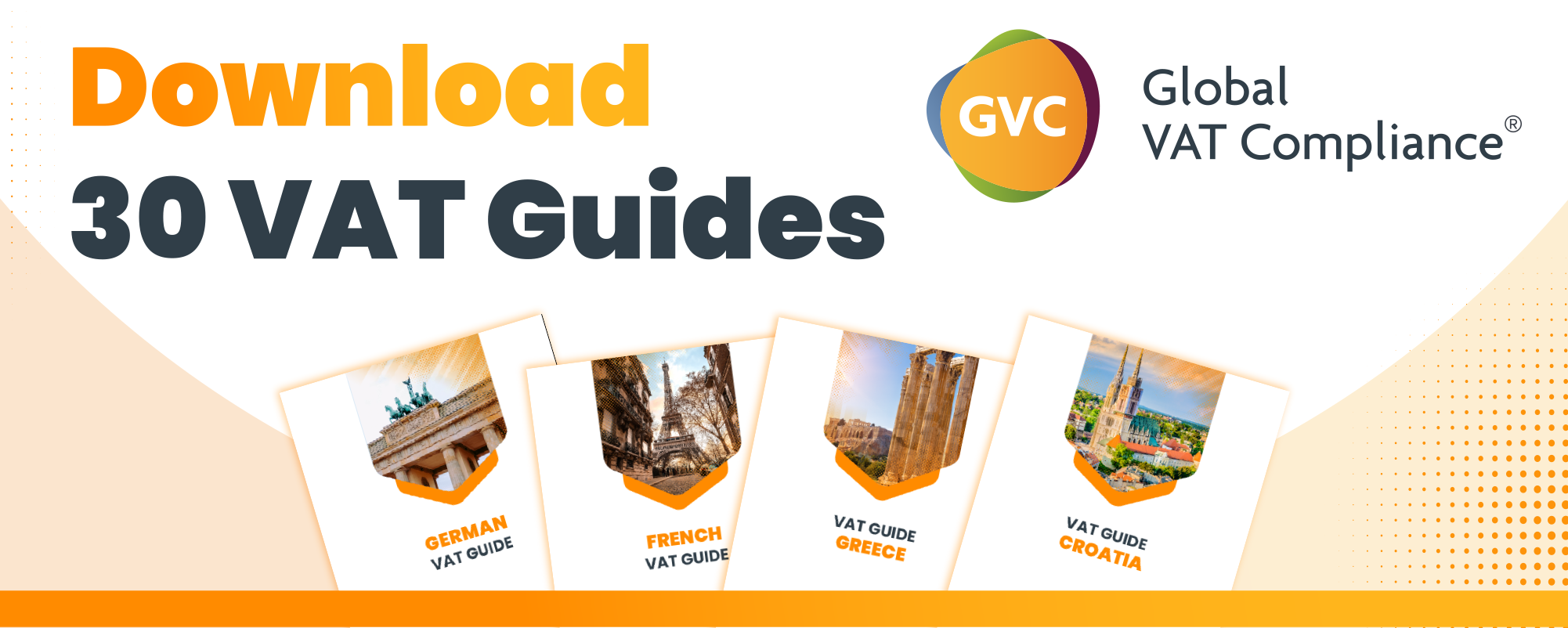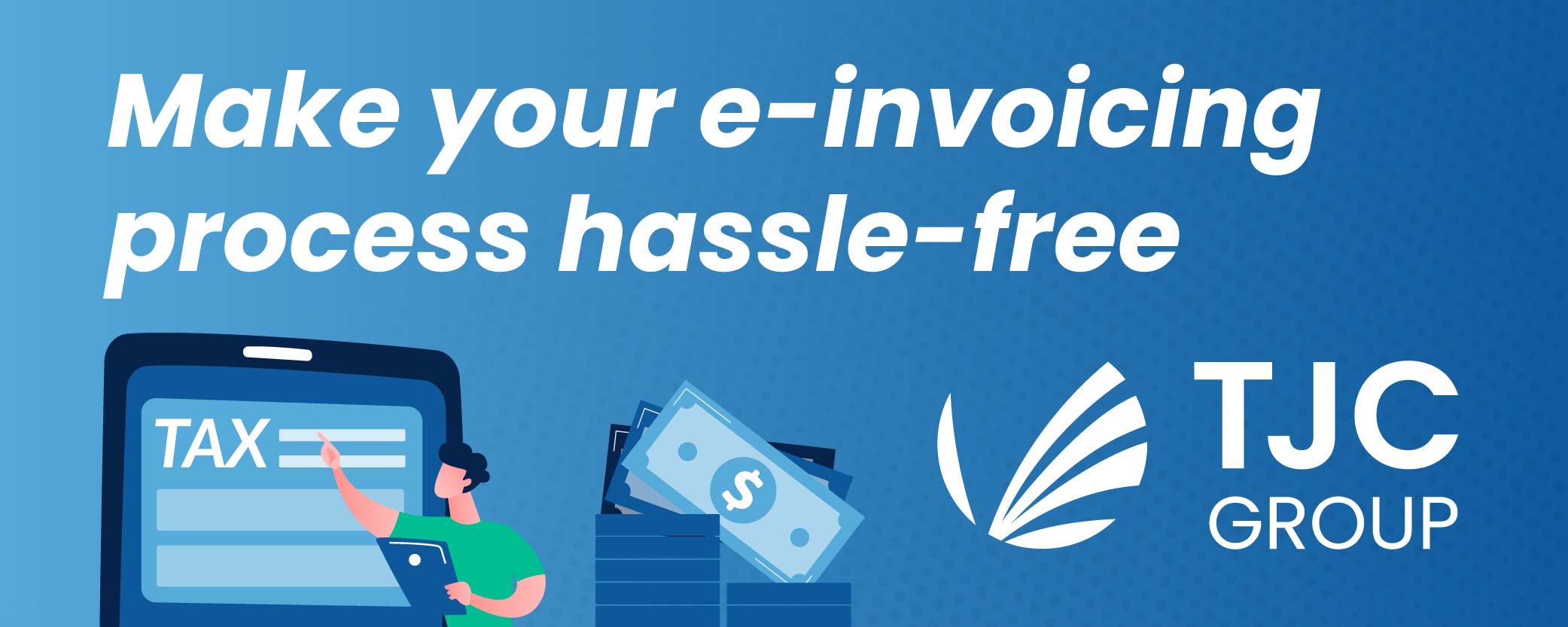- Definition and Importance of VAT Invoices: A VAT invoice is a legal document issued by sellers to buyers that details the Value Added Tax charged on a sale. It is essential for business-to-business transactions, ensuring compliance, transparency, and the ability to reclaim VAT on business expenses.
- Situations Requiring VAT Invoices: Businesses must issue VAT invoices in various scenarios, including selling to EU customers, filing VAT returns, participating in cross-border transactions, and claiming VAT refunds. Proper documentation is crucial for compliance with tax regulations in different jurisdictions.
- Distinction Between VAT Invoices and Receipts: VAT invoices and VAT receipts serve different purposes; invoices are primarily for business transactions and VAT claims, while receipts are often used for consumer purchases. Understanding these differences is essential for effective VAT management.
- Key Components of VAT Invoices: A compliant VAT invoice should include details such as the seller’s and buyer’s information, unique invoice number, tax point, list of goods/services, applicable VAT rate, and the gross total. Ensuring that all required details are accurate helps avoid penalties and issues with tax authorities.
- Best Practices for VAT Invoice Management: To maintain compliance, businesses should ensure invoices are complete and accurate, verify VAT registration numbers, apply correct VAT rates, issue appropriate invoice types for transaction values, and adhere to retention periods for records. Regular checks and updates for any changes or cancellations are also necessary to avoid complications.
Source VATAI
Click on the logo to visit the website
















